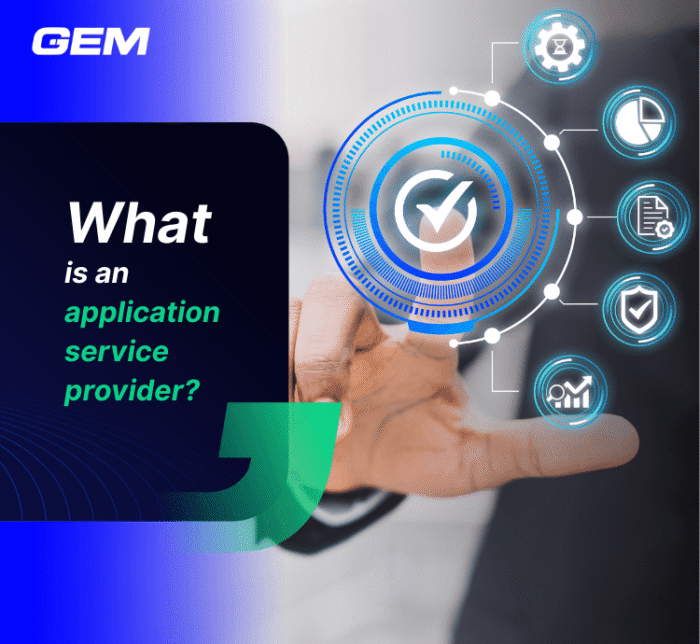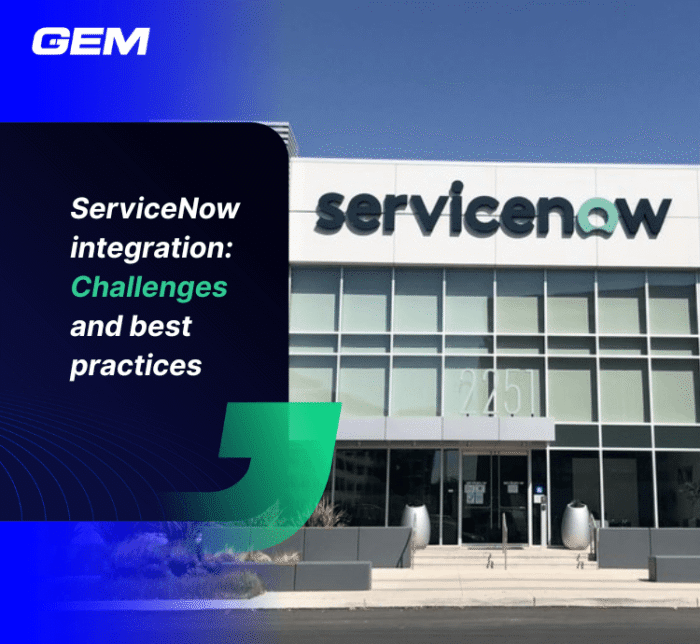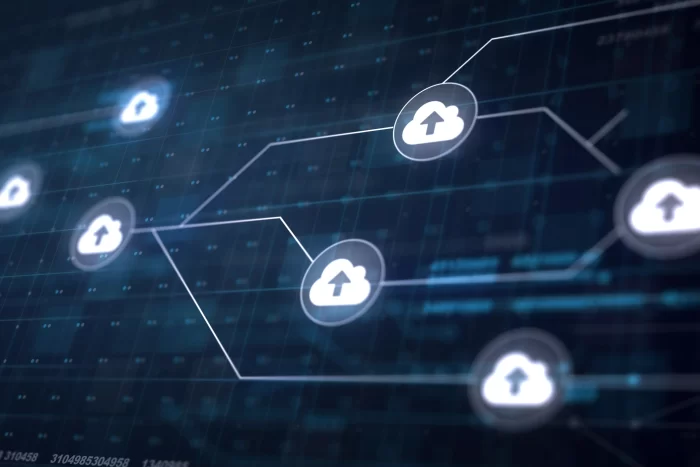Contents
The customer information system (CIS) is vital to the utility industry as it eases the delivery of commodities such as water and natural gas. Proper preparation and planning could help utilities roll out a successful CIS system.
Companies are driving their operation more customer-centric for the increasing complexities of the utility industry and rising consumer expectations. Customer Information System (CIS), in such a context, is considered the industry’s ground-breaker.
As a beneficial software package, utility CIS addresses meter-to-cash and customer service business processes. The system speeds up the billing process by calculating and validating invoice lines when meter and consumption data are entered into a customer database. Its capability of anomaly detection allows for error-free billing runs with increased speed and accuracy.
The undeniable benefits that customer information system offers
Customer information system was a classic collection and billing system of the back office. With technological advancements, this system has served as a backbone in streamlining operations and customer service. CIS technology is helping energy companies to:
Manage customer information efficiently for better operations
Customer information system software automatically tracks and records all customer interactions, including contracts, invoices, historical utility consumption, bill inserts, telephone inquiries, and email. The CIS also integrates with multiple communication channels such as call centers, social media, virtual assistants/chatbots, or even customer self-service. As the information is available across the operations, users can get instant access to the database and offer speedy assistance. This automatic functionality leads to fewer errors, more time savings, and efficient processes.
Provide flexible billing of services
Customer information system can generate one single customer bill that combines various products and services and even consolidate multiple invoices. Thanks to this feature, utility companies could offer a more effective collections process and additional customer payment choices.

In addition, customers can access their energy use history, graphs, and bill profiles to understand their utility consumption better and even pay the bills online. These billing improvements also encourage timely payments at every touchpoint.
Support new marketing initiatives
The utility providers can analyze collected information to capture actionable insights about their clients. Based on those analytics, they can design, manage, and execute customized products, services, and promotion programs and track each program’s results and effectiveness.
By advancing customer information system , utility companies reposition themselves as innovative, customer-friendly, and tech-savvy service providers. Many developed countries are heavily adopting customer information systems to offer sustainable energy supply and management.
For example, the European Union has recently witnessed a surge in customer’s demand for control over their billings and the penetration of smartphone-based payment methods. They plan to replace 80% of the total utility meters in the region through a new CIS platform to open new avenues for market expansion.
In the meantime, the wastewater and water management segment in the Japanese market will achieve a 13% growth rate in the next five years. The CIS adoption will keep expanding and become an essential part of the evolving and more comprehensive picture of utilities’ customer relationship management.
Six recommendations for a sound Customer information system implementation
Despite countless benefits, some organizations still avoid investing in CIS. In their opinion, the CIS deployment is risky, time-consuming, and costly. These projects are challenging to implement and operationalize due to the complicated business processes and complex integrations required with nearly all other core utility applications. The following suggestions could erase the obstacles to achieve a successful customer information system implementation:
Perform the appropriate due diligence
It’s critical to align the CIS solution with the business needs. Specifically, in the contract negotiations of the CIS application, the contract and statement of work should be detailed about each party’s responsibilities, along with clear escalation paths and protections in place.
Set up a governance structure and executive support
A strong governance structure is the key to success. It has to include all departments related to the customer information system implementation. Executive leadership plays an essential role in conveying the project’s importance and commitment to providing all stakeholders with the necessary support. It could start with a meeting involving all future system users to the project’s objectives, goals, scope, risks, and strategies. That makes all members feel like they are a part of the project. Besides, setting morale-boosting activities after completing major milestones could encourage their dedication.
Redesign performance process early
Organizations should assess the current CIS process to reengineer at the beginning of the project after all participants have understood the software functionality. The aim is to guarantee that the future-state process supports the needs of all stakeholders. Owners, end-users, and vendors should discuss and strategize how to improve the entire operations radically and fundamentally.
Convert data appropriately
Transferring all of the data from the legacy system is unnecessary. The more converted data leads to more reviewed work. A data conversion plan with a specific timeline and requisite actions will facilitate project execution.
Test the systems before going live
All departments jointly check all functions to identify and eliminate critical issues before launching. When it comes to going live, the new billing system should be put into use first, then comes the new customer portal. Observing and learning from the first tests will facilitate a more successful roll-out on the next cycle.
Prepare for post-live
It is inevitable for a utility company to deal with difficulty after rolling out. Developing a backup plan could be helpful to tackle these issues swiftly. The executive leaders could apply some helpful tips below:
- As end-users, customer service representatives could be in charge of tracking common issues they encounter. Besides, the organization should appoint someone to monitor social media and respond to problems discussed online.
- The firm should request on-site support from the software vendor after implementing for a few weeks and extra assistants at the first month-end.
- Allocating funds in the budget for ongoing training is necessary. Whether it’s due to staff turnover, cross-training, or just refresher courses, this training is essential to maximize its value from the software.
Recent advancements in CIS have enabled utility companies to provide billing information with greater clarity, boost customer confidence, and create new avenues for market expansion. With a well-planned investment, utilities could certainly overcome the adversity in CIS adoption.
Transform how your business works with us!
With 10+ years of experience in delivering excellent digital solutions and consulting for 100+ customers, including those in Fortune 1000, GEM Corporation brings top-tier technical expertise and promises innovation-driven success.
Fill in the form below and let’s get started!
Error: Contact form not found.






